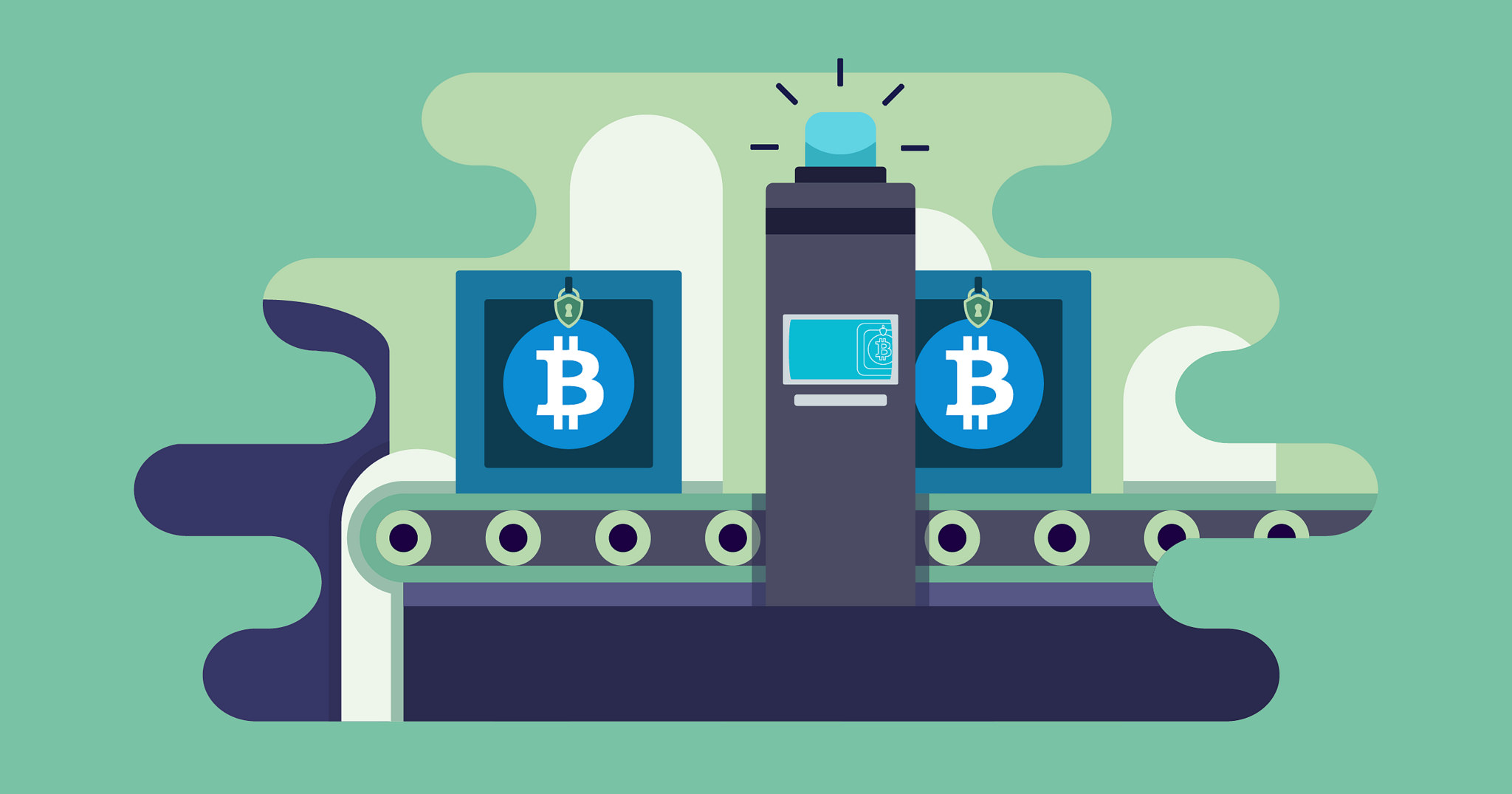


In addition, nowadays, where the business transparency is one of the objectives in large corporations, this technology will facilitate to audit the enterprise systems (internal or external audit). To sum up, blockchain technology allows to implement an incorruptible distributed database that protects the user confidential data, and, at the same time, it allows third party entities to verify the consistency of the data. One example of this use case is BlockCypher. Users, through an app, will be able to identify themselves with biometric data, facial identification, digital identities… The apps will use blockchain to store the encrypted information in the distributed database, so 3rd party entities will be able to validate that the data has not been modified. In this way, all the users participating in the chain, can trust the final count because they can verify themselves the final results.ģ) Identity Management: this is one of the use cases with the highest expectations in blockchain. As the smart contract is in the blockchain, it will be validated by the members in the community.Ģ) Digital Voting: if the votes can be treated as transactions, it’s possible to create a blockchain that keeps track of the votes, maintaining the privacy of the voters but keeps the consistency and integrity of the information. The conditions, payout and the details of the parties must be coded in the smart contract, and when the conditions are met, the contract will be executed. But, what is a smart contract? How do they work? A smart contract is a programmable digitized contract which can be added on a blockchain. With these concepts, here are some examples where blockchain can also be applied are:ġ) Smart contracts: in this kind of solutions, blockchain allows to exchange money, properties… between parties avoiding intermediaries, so it will save money and time. Thus, each transaction can be validated by any member in the community, so this guarantees the integrity of the information and the evidence that the data can’t be modified.
Blockchain transaction verification verification#
A transaction should not only be understood as an exchange of a specific cryptocurrency (Bitcoin, Ethereum…), it covers many other items as contracts, records, confidential data verification…īlockchain can be defined as a distributed database technology, where a central point, where all the information is stored, doesn’t exist, the information is stored in multiple nodes of the system, so it can’t be corrupted. Aiming to improve the performance of individual shards, we propose Collaborative Transaction Verification (CTV), which allows peers to verify fewer transactions. Nowadays Blockchain could be applied to many other solutions in the market.Īs a brief introduction, blockchain is a technology based on blocks of information (group of transactions) that must be verified by many entities/users and, once it’s validated, it is added to the chain with other blocks building what is called ‘the blockchain’.

During the last few years, the blockchain technology has been closely related with Bitcoin, because it’s the main engine to verify the transactions.


 0 kommentar(er)
0 kommentar(er)
